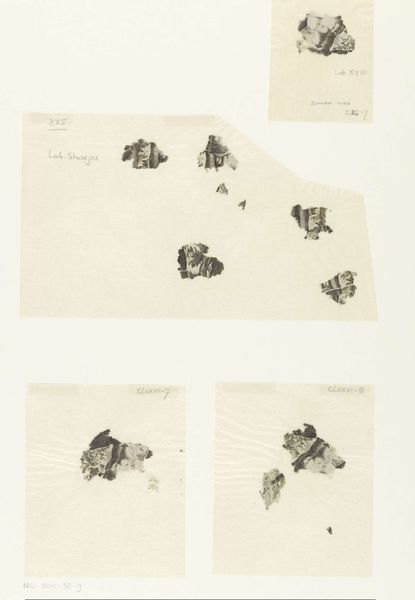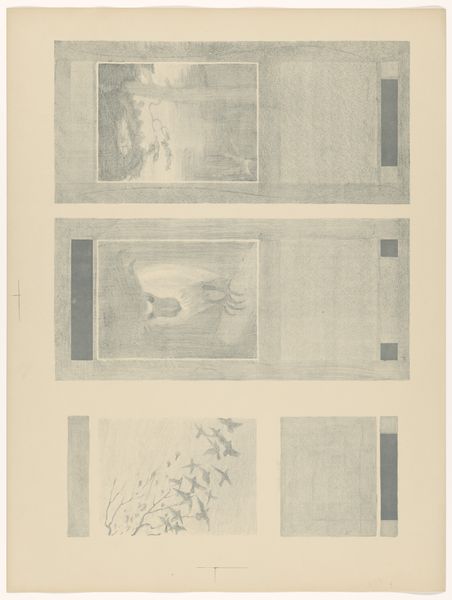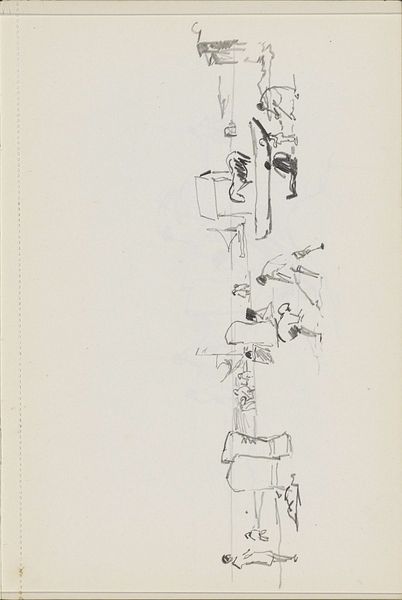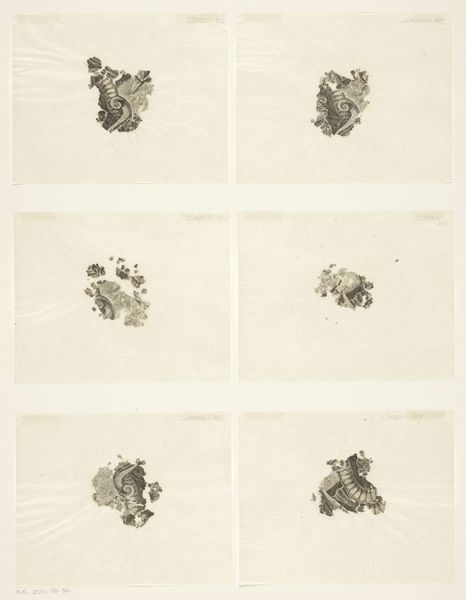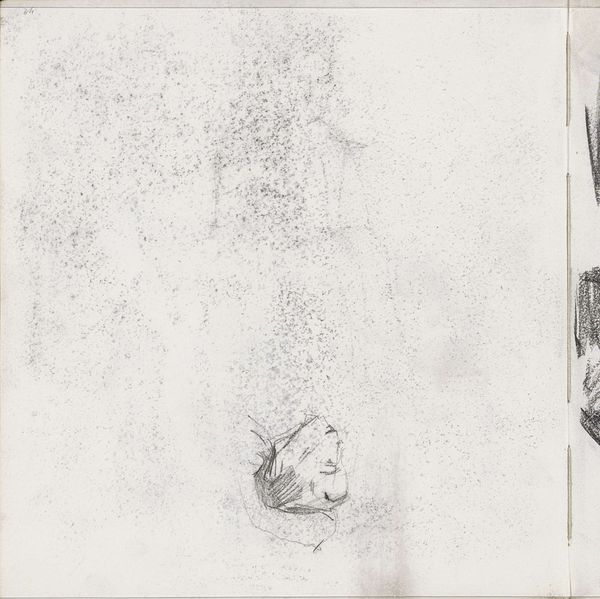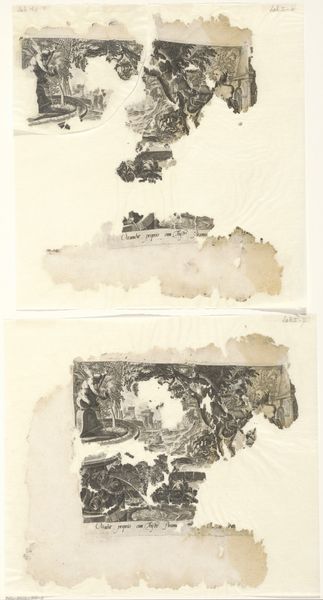
Fragmenten van prenten met wereldlijke en geestelijke klederdrachten 1581 - 1596
0:00
0:00
drawing, paper, pencil, graphite
#
portrait
#
drawing
#
pencil sketch
#
figuration
#
paper
#
11_renaissance
#
pencil
#
graphite
#
sketchbook drawing
#
pencil work
#
northern-renaissance
Dimensions: height 100 mm, width 124 mm
Copyright: Rijks Museum: Open Domain
These fragments of prints, created by Abraham de Bruyn in the late 16th century, offer glimpses into the sartorial customs of the time, both secular and religious. The clothing, though fragmented, speaks volumes. Consider the elaborate folds and textures. These aren't merely fabrics; they are symbols of status, identity, and moral standing. Garments have always been powerful visual cues across cultures. Think of the toga in ancient Rome, a clear indicator of citizenship and rank. Similarly, the robes of clergy in any era denote spiritual authority and separation from the everyday world. The impulse to adorn and differentiate through clothing taps into deep-seated human drives: the need for belonging, the desire for recognition, and perhaps, a touch of vanity. This dance between the individual and the collective, expressed through attire, continues to evolve, demonstrating the enduring power of clothing as a form of visual language.
Comments
No comments
Be the first to comment and join the conversation on the ultimate creative platform.
